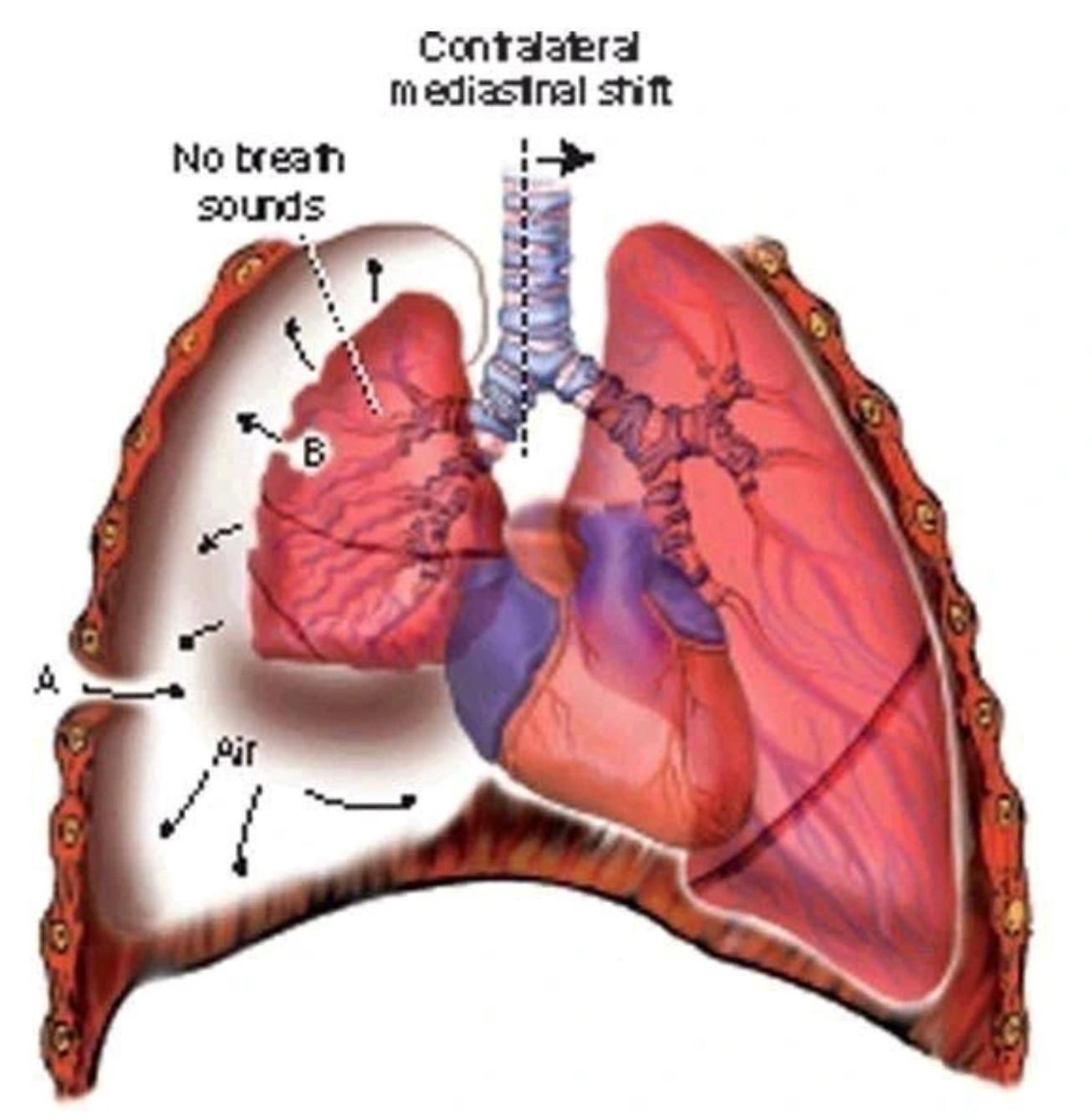HEALTH & LIFESTYLE
Parts Of The Body You Will Feel Pain If The Liver Is Swollen Due to Diseases

Continue Reading
HEALTH & LIFESTYLE
Your Lungs Are Not In Good Condition if You Experience the Following
HEALTH & LIFESTYLE
4 Major Reasons Some People Die In Their Sleep
HEALTH & LIFESTYLE
Uterine Cancer: Stay Away From These 4 Things To Avoid The Risk Of Being A Victim
-

 METRO11 months ago
METRO11 months agoWhat Happened To This Lady Should Serve As A Lesson To Girls Who Drink Too Much Alcohol
-

 METRO11 months ago
METRO11 months agoWoman Who Looks Nine Months Pregnant Does an Ultrasound and Finds Out She’s Not Pregnant
-

 IN-THE-NEWS6 months ago
IN-THE-NEWS6 months agoТараздағы университеттер көрші елдерден келген мигранттарға жалған құжат жасаған
-

 SPORTS10 months ago
SPORTS10 months agoMLB Schedule for August 3, 2024: Pitching Matchups, Broadcasts, and Venezuelan Highlights
-

 SPORTS11 months ago
SPORTS11 months ago“They are very worried and scared,” says the lawyer of Jegou and Auradou, arrested in Argentina
-

 SPORTS11 months ago
SPORTS11 months agoThe Leadership of Toni Kroos: A Look Inside the Dressing Room Speeches
-

 METRO6 months ago
METRO6 months agoHow and Why “Unknown Soldiers” Attacked Fela’s Home, Kalakuta Republic, in 1977
-

 METRO10 months ago
METRO10 months agoND man charged with courthouse bomb threat, shooting stepdaughter in leg



